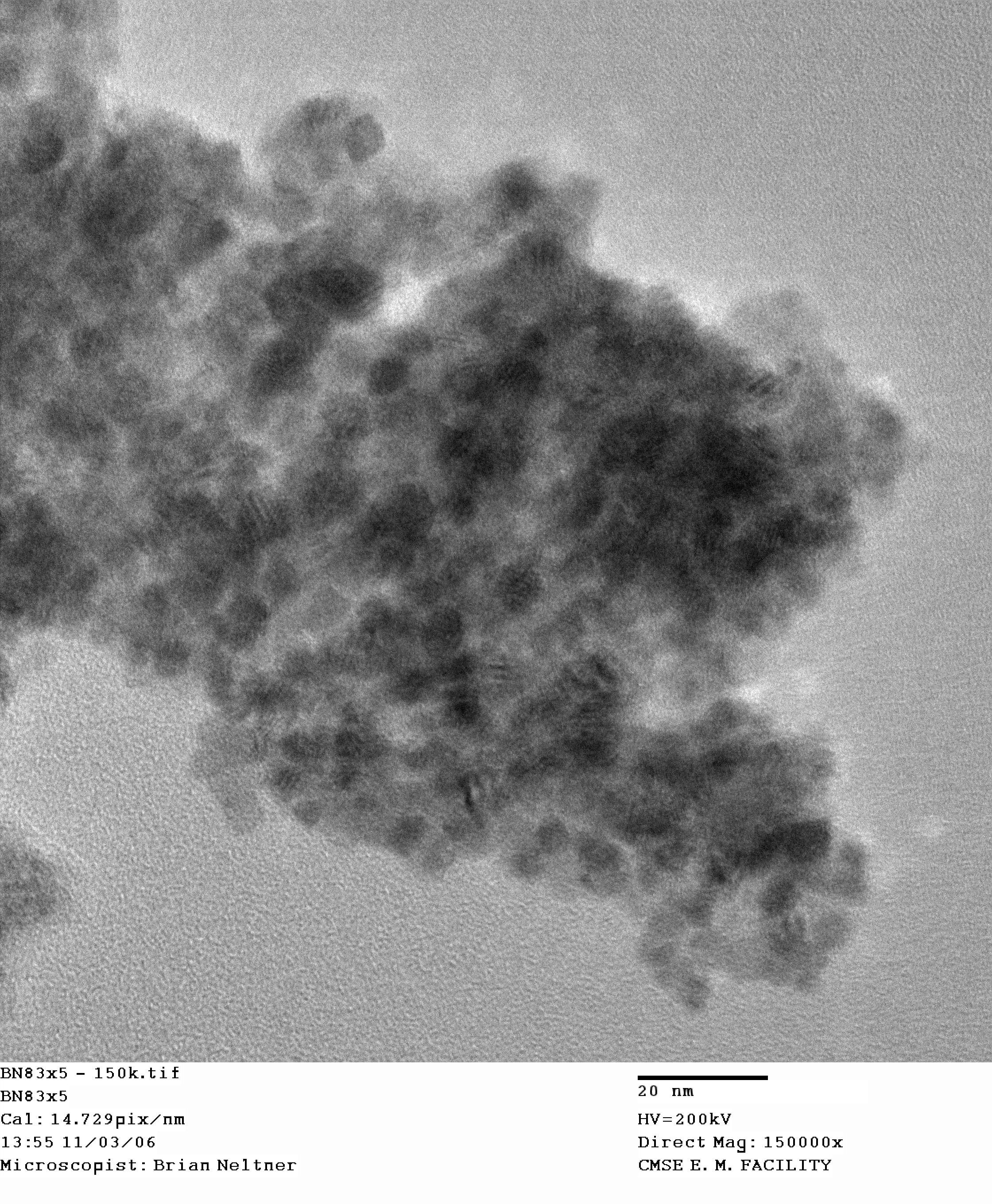Nanomaterials
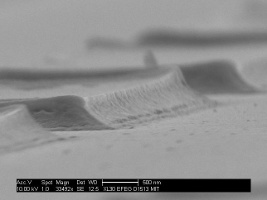
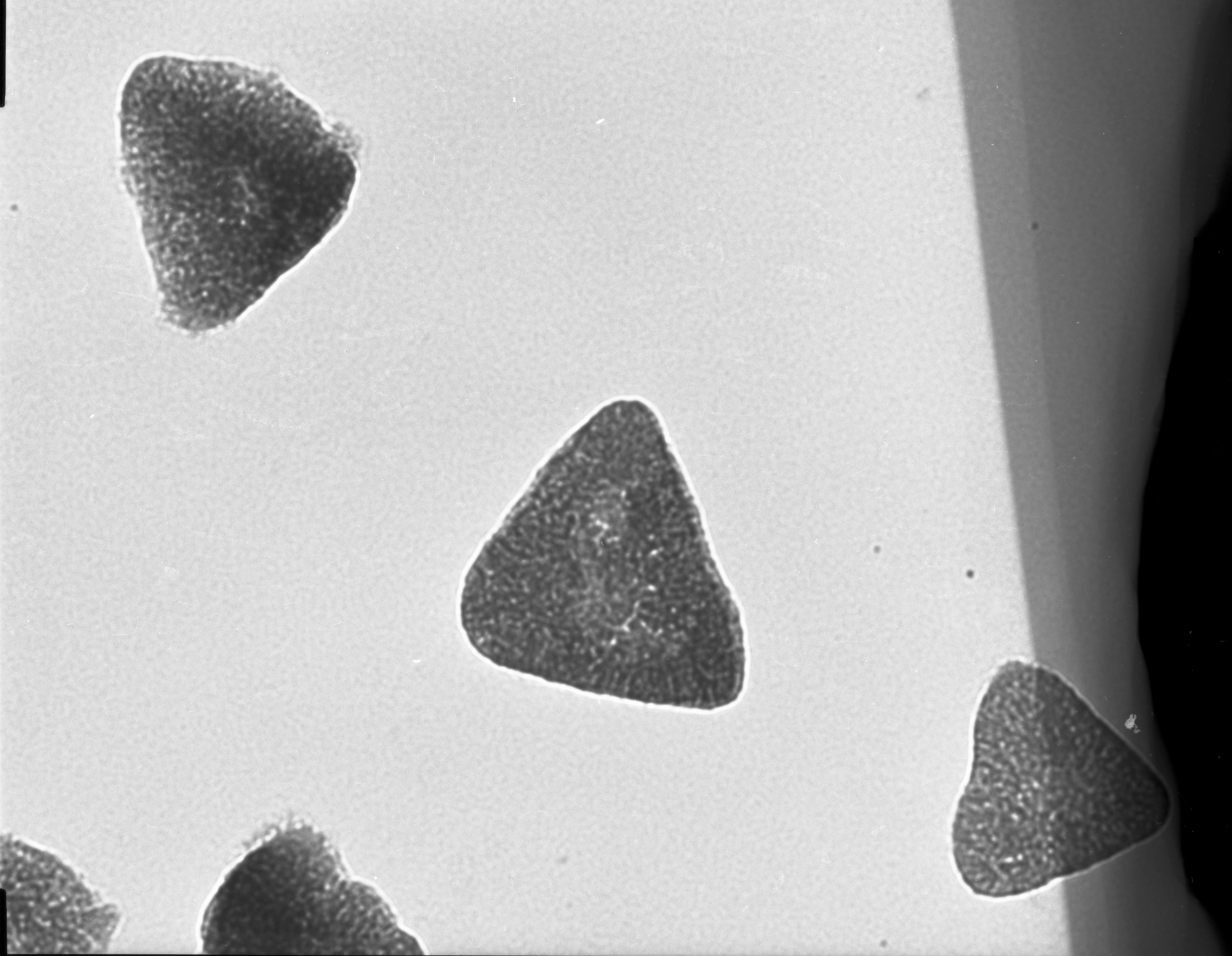
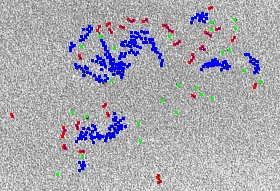
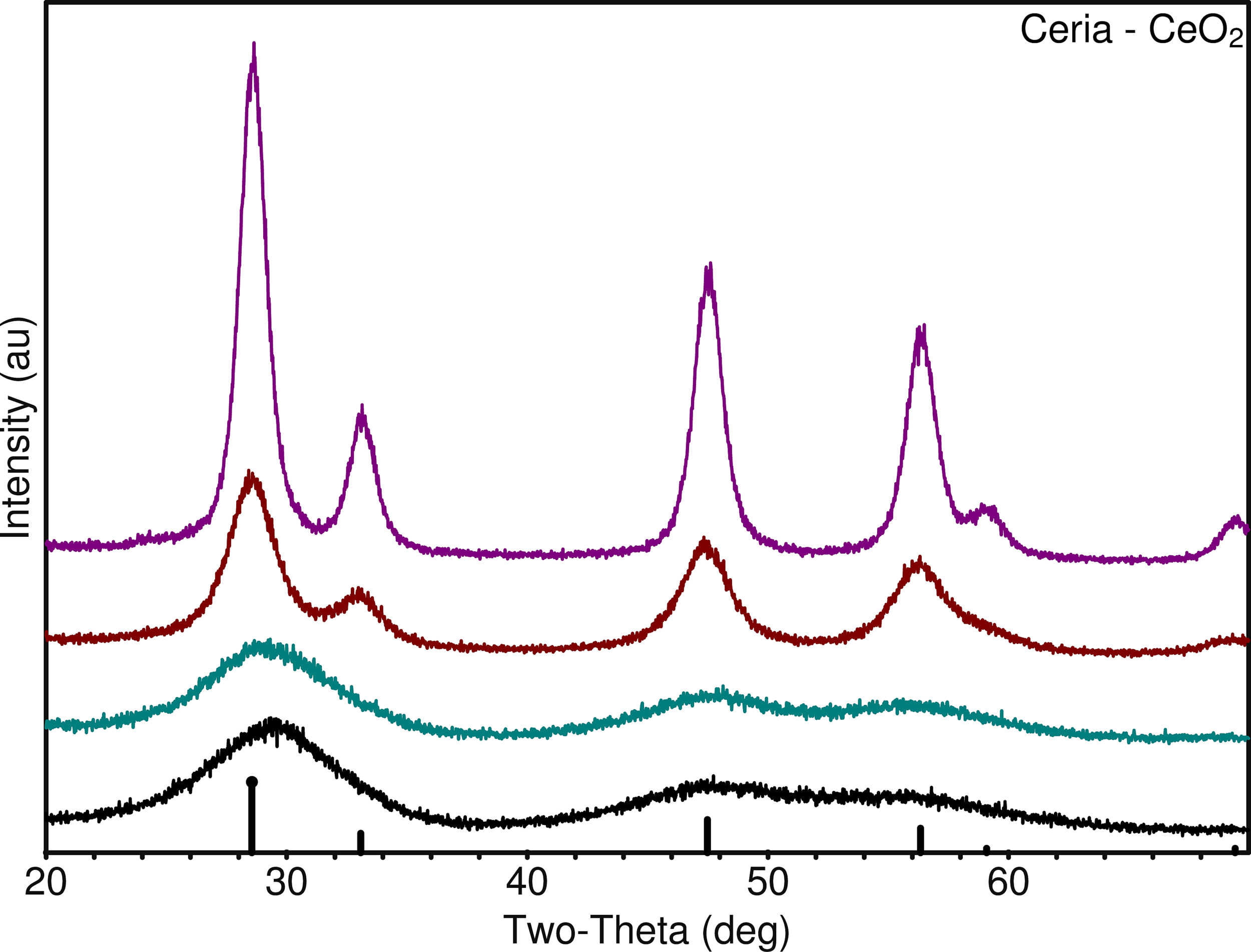
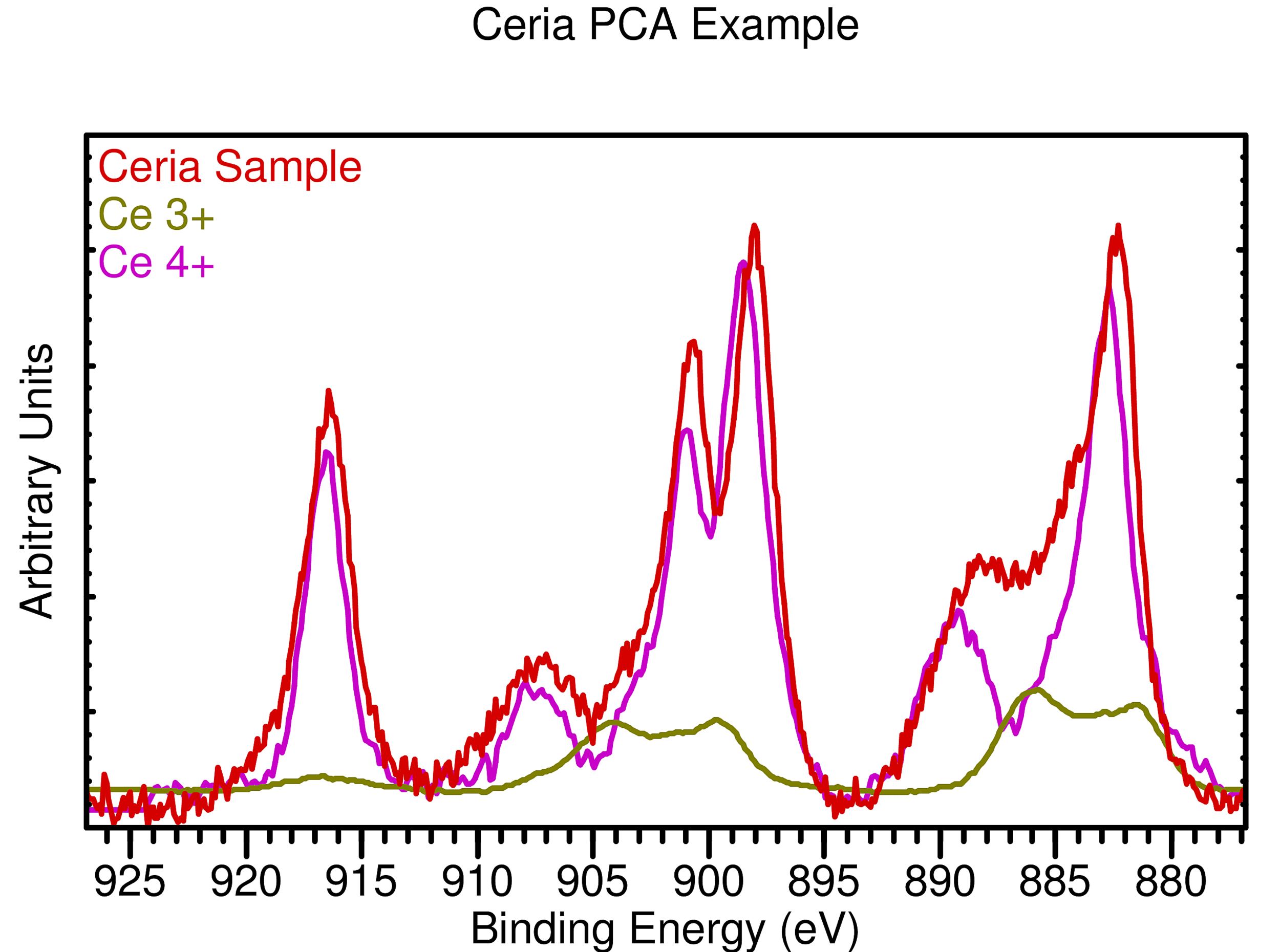
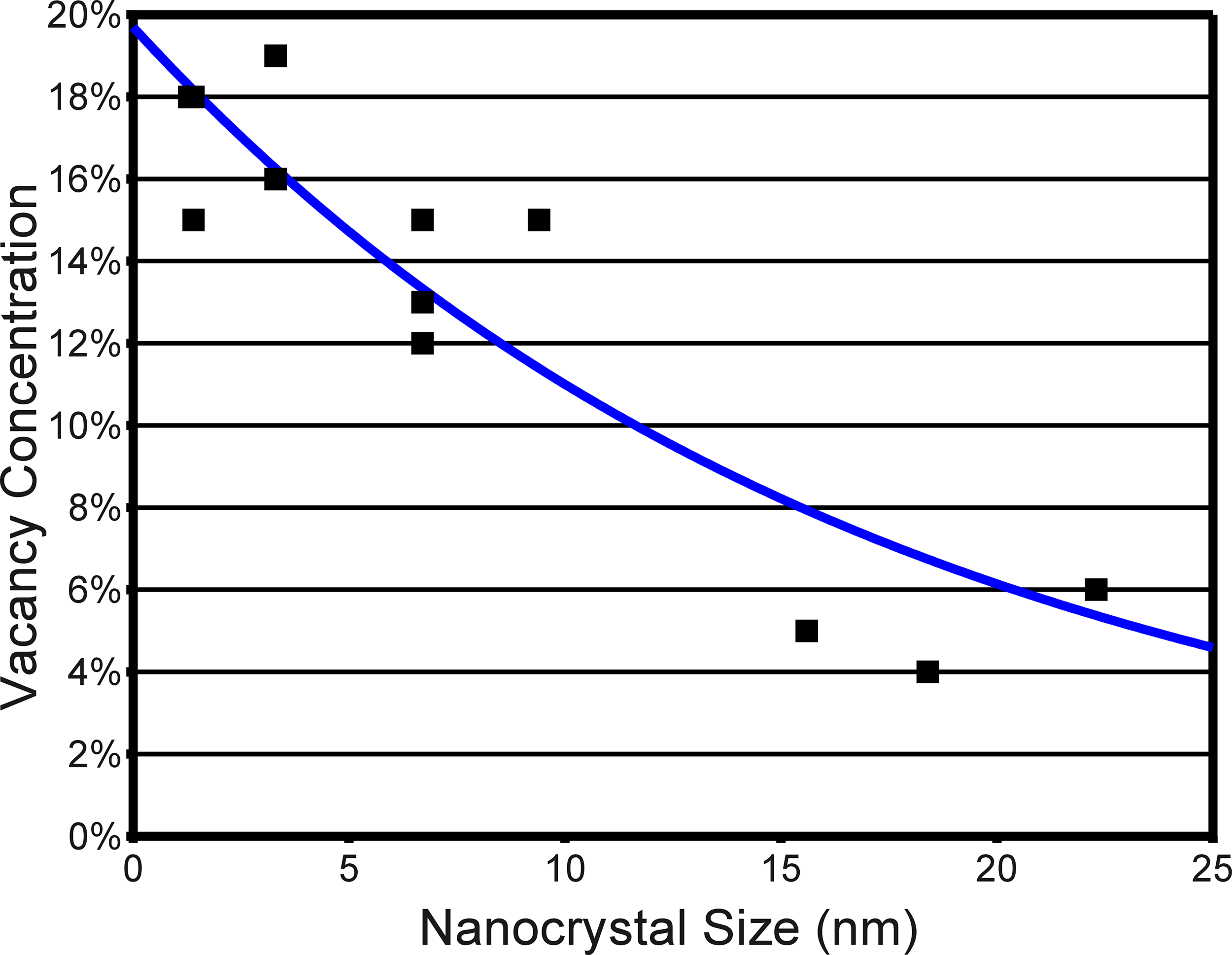
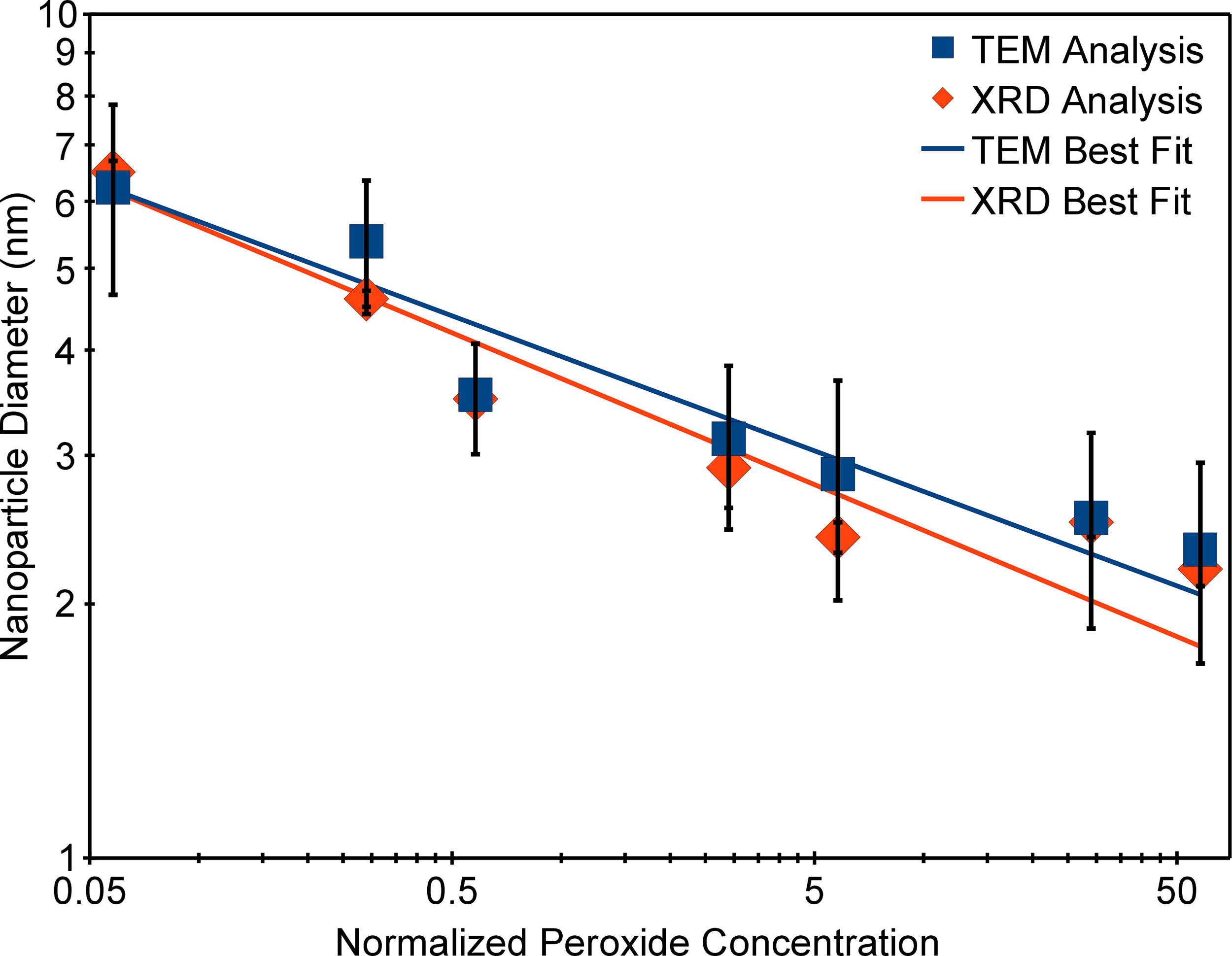
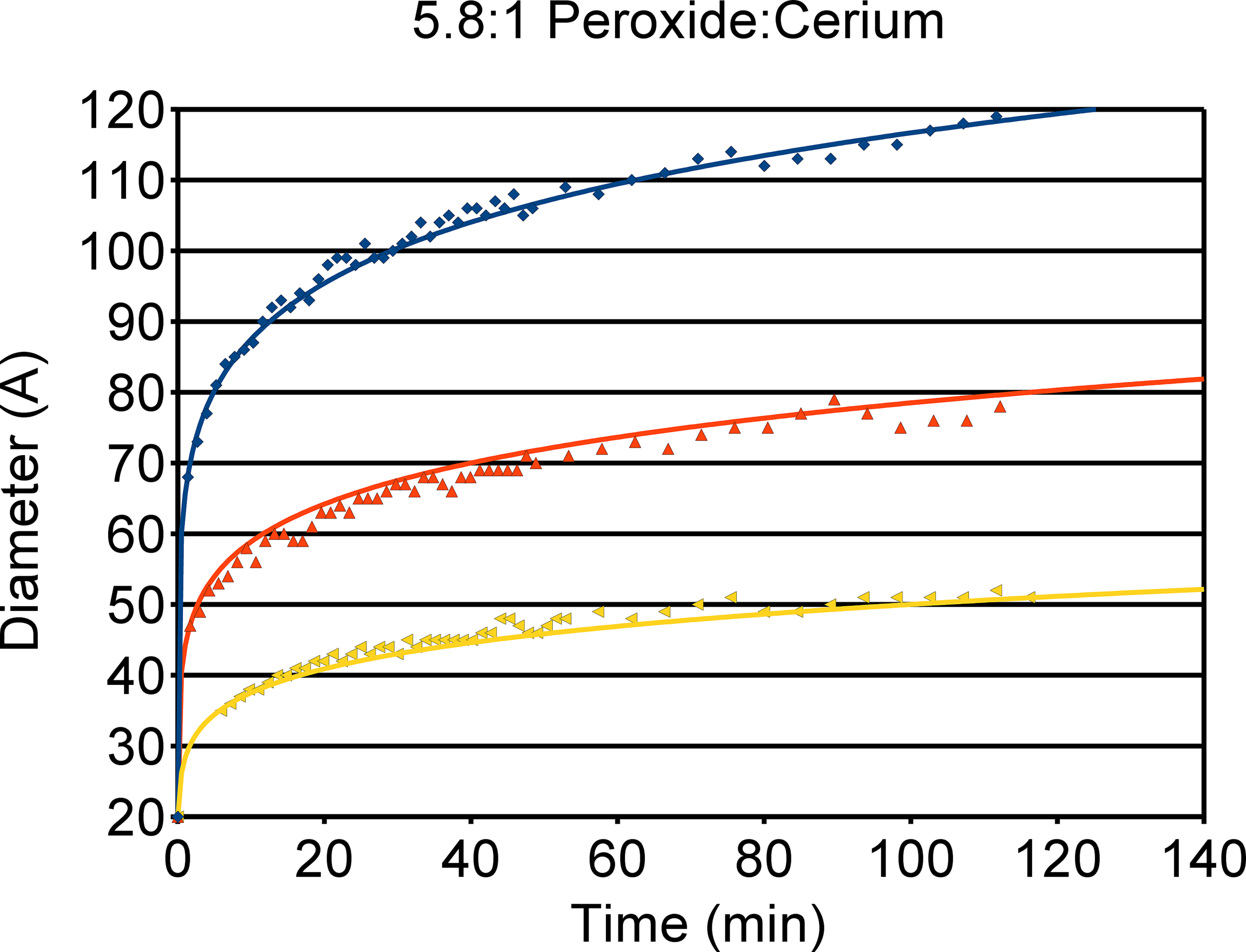
In the course of his work on catalysts, self assembly, and thin film coatings, Brian has developed a great deal of expertise with nanomaterial systems. During his undergraduate research, he developed a method for producing self-assembled gold nanoparticles using DNA as a scaffolding agent to produce self-assembled triangle structures, as well as developing statistical tools to develop robust characterizations of TEM images containing hundreds or thousands of individual nanoparticles to identify key rate constants for self-assembly.
In graduate school, Brian developed new synthetic methods for cerium oxide which allowed the production of extremely fine nanocrystalline materials through a combined hydrolysis-oxidation reaction in water. Through careful analysis using X-Ray Diffraction at elevated temperatures, as well as XPS analysis to characterize the oxidation state of cerium ions, Brian was able to measure the oxygen defect concentration and develop a relationship between oxygen defect concentration and crystallite size. Oxygen defect concentration is of key importance in using ceria as a catalytic substrate, as it is an incredibly powerful redox support. Oxygen defects allow for the rapid transfer of oxygen between the support and supported materials which substantially increases catalytic activity.
As a Freshman and Sophomore, Brian worked under Dr. Eric Wilhelm, the soon to be founder of Squid Labs and Instructables in Professor Joe Jacobson's lab at MIT. In his work in this lab, Brian discovered new methods for producing extremely sharp and high aspect features using microcontact lithography in gold nanoparticles using a PDMS stamp. After spending a year developing robotic control software to control the deposition and stamping process, as well as taking hundreds of scanning electron microscope images, the result was the ability to produce high enough quality features to produce Electrostatically Actuated Micro-mirror arrays which was published in Applied Physics Letters.

